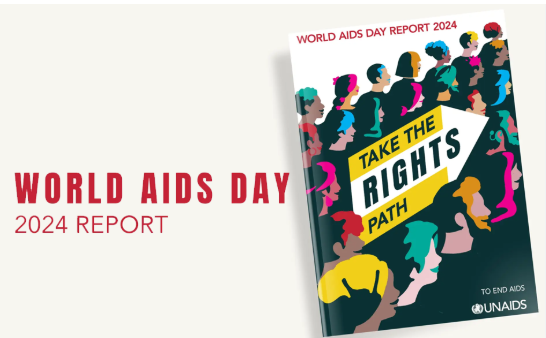UNAIDS Report Highlights Human Rights and AIDS
UNAIDS has released a report ahead of World AIDS Day, which emphasises that ending AIDS by 2030 is possible. However, this goal hinges on protecting the rights of individuals affected by HIV. The report is titled Take the Right Path to End AIDS. It puts stress on the vital role of human rights in combating the disease.
Current State of HIV/AIDS
Approximately 39.9 million people are living with HIV globally. Alarmingly, 9.3 million of these individuals are not receiving necessary treatment. Last year, 630,000 people died from AIDS-related illnesses. Additionally, there were 1.3 million new HIV infections worldwide. In at least 28 countries, new infections are on the rise.
Importance of Human Rights
Human rights violations hinder progress in the fight against AIDS. Denying education to girls and tolerating gender-based violence are critical issues. Punishing individuals for their identity or sexual orientation further complicates access to healthcare. These violations create an environment where seeking HIV services becomes dangerous.
Leaders must prioritise the protection of rights for all individuals at risk of HIV. Ensuring access to healthcare without fear is essential. Life-saving programmes must reach every person in need. This approach is vital to slowing the spread of the virus.
Global Health Implications
Protecting human rights is crucial for global health. The fight against AIDS cannot succeed without addressing these issues. A commitment to human rights will enhance access to necessary services. This commitment can ultimately save lives and reduce new infections.
To achieve the goal of ending AIDS, concerted efforts are required. Governments and organisations must collaborate to implement effective programmes. Advocacy for human rights must remain at the forefront of these initiatives. Only then can the world hope to eradicate AIDS as a public health threat by 2030.
Important Facts for Exams:
- UNAIDS: UNAIDS stands for the Joint United Nations Programme on HIV/AIDS. It leads global efforts to end AIDS as a public health threat by 2030 through advocacy and policy.
- Gender-based Violence: Gender-based violence refers to harmful acts directed at individuals based on their gender. It impacts women’s health and access to HIV services, exacerbating the AIDS crisis.
- HIV Treatment Gap: The HIV treatment gap indicates the disparity between those living with HIV and those receiving treatment. Approximately 9.3 million people lack necessary life-saving antiretroviral therapy globally.
Month: Current Affairs - November, 2024
Category: Awards, Honours & Persons in News


